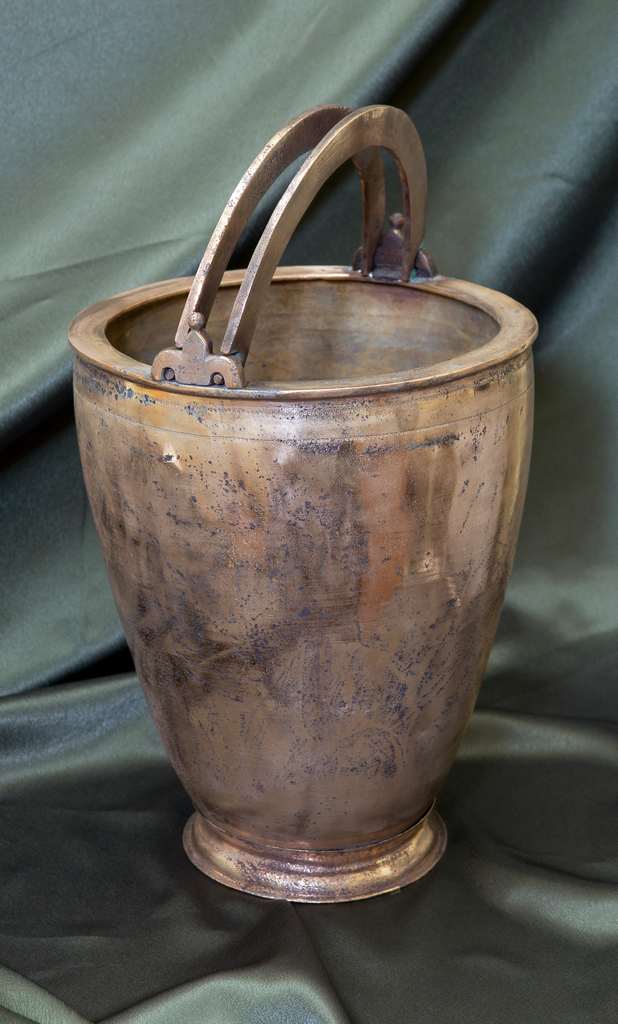  Events Archive Events Archive
Festive meeting dedicated to the Professional Day of Historians 2024
June 18, 2024
On Tuesday, June 18, 2024, the Blue Hall of the National Museum of History of Moldova hosted the festive meeting dedicated to the Professional Day of Historians, established by the decision of the Government of the Republic of Moldova no. 427 of June 10, 2011. The event was attended by historians, teachers, ethnographers, museographers, archivists, students and all history lovers. The meeting was moderated by dr. hab. university professor Anatol Petrencu (President of the Association of Historians from the Republic of Moldova "Alexandru Moșanu") and dr. hab. Gheorghe Cojocaru (Director of the Institute of History). The event was opened by dr. Adriana Cazacu, Secretary of State, Ministry of Education and Research, who on this occasion addressed congratulatory words to the community of historians from the Republic of Moldova. Greetings and congratulations were made by dr. Igor Sharov (Rector of the State University of Moldova), mem. cor. Ion Hadârcă (Vice-President of the Academy of Sciences of Moldova); Ghenadie Donos (President of the Trade Union Federation of Education and Research); dr. Monica Babuc (Director of the Romanian Cultural Institute "Mihai Eminescu" in Chisinau) and other representatives of research institutes, universities, agencies, museums, etc. On behalf of the National Museum of History of Moldova, with a message of greeting spoke dr. hab. Gheorghe Postică, who also emphasized the role of museums in promoting history and national values. During the festive meeting, Diplomas were offered as a sign of high gratitude for the beautiful activity in the field of history, as well as on the occasion of Professional Day of Historians. The event culminated with an artistic moment, supported by the students of the "Alexei Stârcea" School of Arts.
|
 31 August 1989 St., 121 A, MD 2012, Chisinau, Republic of Moldova
31 August 1989 St., 121 A, MD 2012, Chisinau, Republic of Moldova






















































